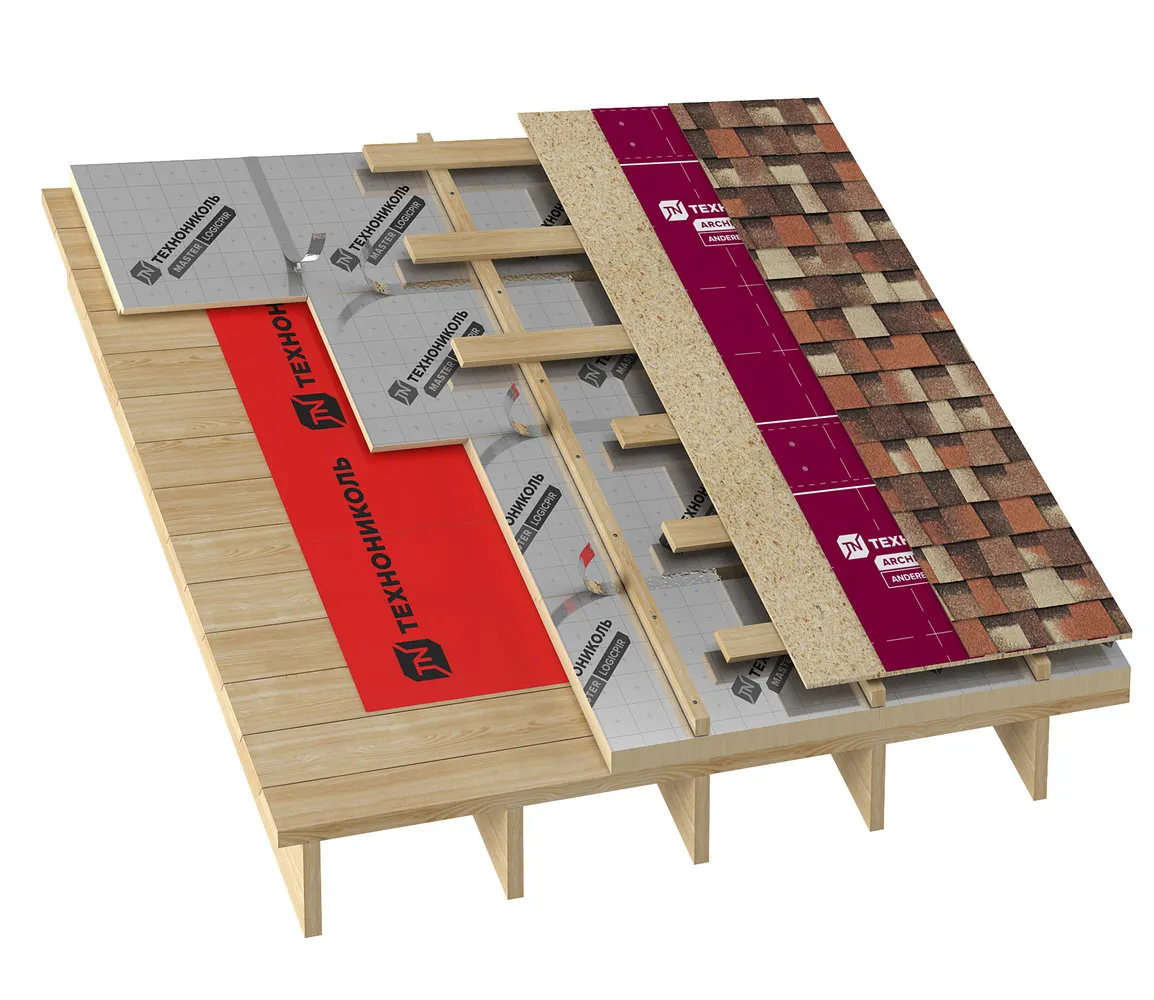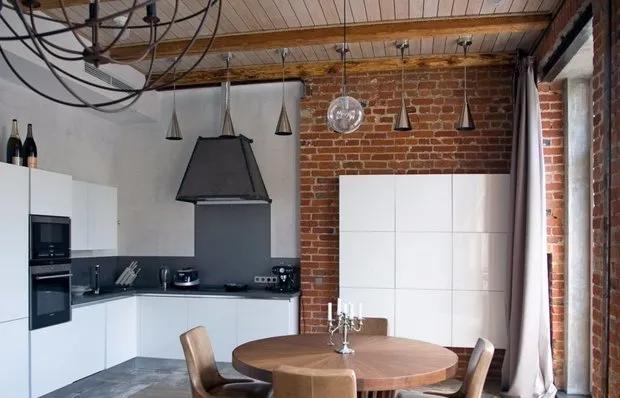There can be your advertisement
300x150
How to Increase Living Space: Insulating a Loft
It doesn't matter whether you live in a private house or a flat under the roof, whether you want to turn your loft into a living room, bedroom, or storage space. To use the entire building volume as efficiently as possible, it's worth taking care of insulation. We'll tell you how to do it correctly, protect yourself from drafts, and create a comfortable microclimate.
1. Prepare the Rafters
Before starting the insulation process, make sure that the rafter structures are securely fastened. Then treat the wood with fire and bioprotection agents to extend its service life as much as possible. Insulation is usually laid between rafters. However, their standard thickness is only 15 cm, while the recommended thickness of insulation is 20 cm. Therefore, a two-layer insulation system is often required.
Is there another option? A roofing system with LOGICPIR TECHNOSHIELD insulation is installed in one layer on a flat solid deck made of boards. The exposed rafters remain on the inside of the roof. You can use them in the interior design of the loft or add an additional layer of decking underneath to create a traditional flat ceiling.
 Design: Pavel Alekseev.
Design: Pavel Alekseev.2. Organize Vapor Barrier
Cover the entire roof surface with a vapor barrier film with overlap. Secure it to the wooden structure using a stapler or nails. It's better to tape the overlap areas with double-sided tape.
Why is this important? In a residential building, water vapor forms and rises under the roof. To prevent the insulation from getting wet and losing its thermal properties, a vapor barrier film is needed.
 Design: Margarita Rasskazova.
Design: Margarita Rasskazova.
3. Lay the Thermal Insulation Boards
It's now time to install the thermal insulation layer. This is the most important part of the "insulation sandwich"NaN
More articles:
 Ceiling Beams, Decorative Beams for Ceiling
Ceiling Beams, Decorative Beams for Ceiling How to Prevent Fire in the House
How to Prevent Fire in the House Large Apartment: Tips for Layout Planning
Large Apartment: Tips for Layout Planning 13 Secrets to Save Family Budget When Paying for Housing and Utilities
13 Secrets to Save Family Budget When Paying for Housing and Utilities 10 Rules of Design by Abigail Ahern
10 Rules of Design by Abigail Ahern Design of Suspended Ceilings for Kitchen with Photos
Design of Suspended Ceilings for Kitchen with Photos SaloneSatellite in Moscow: 10 Projects by Young Designers
SaloneSatellite in Moscow: 10 Projects by Young Designers 8 Things That Should Be in a Family Apartment with a Small Child
8 Things That Should Be in a Family Apartment with a Small Child